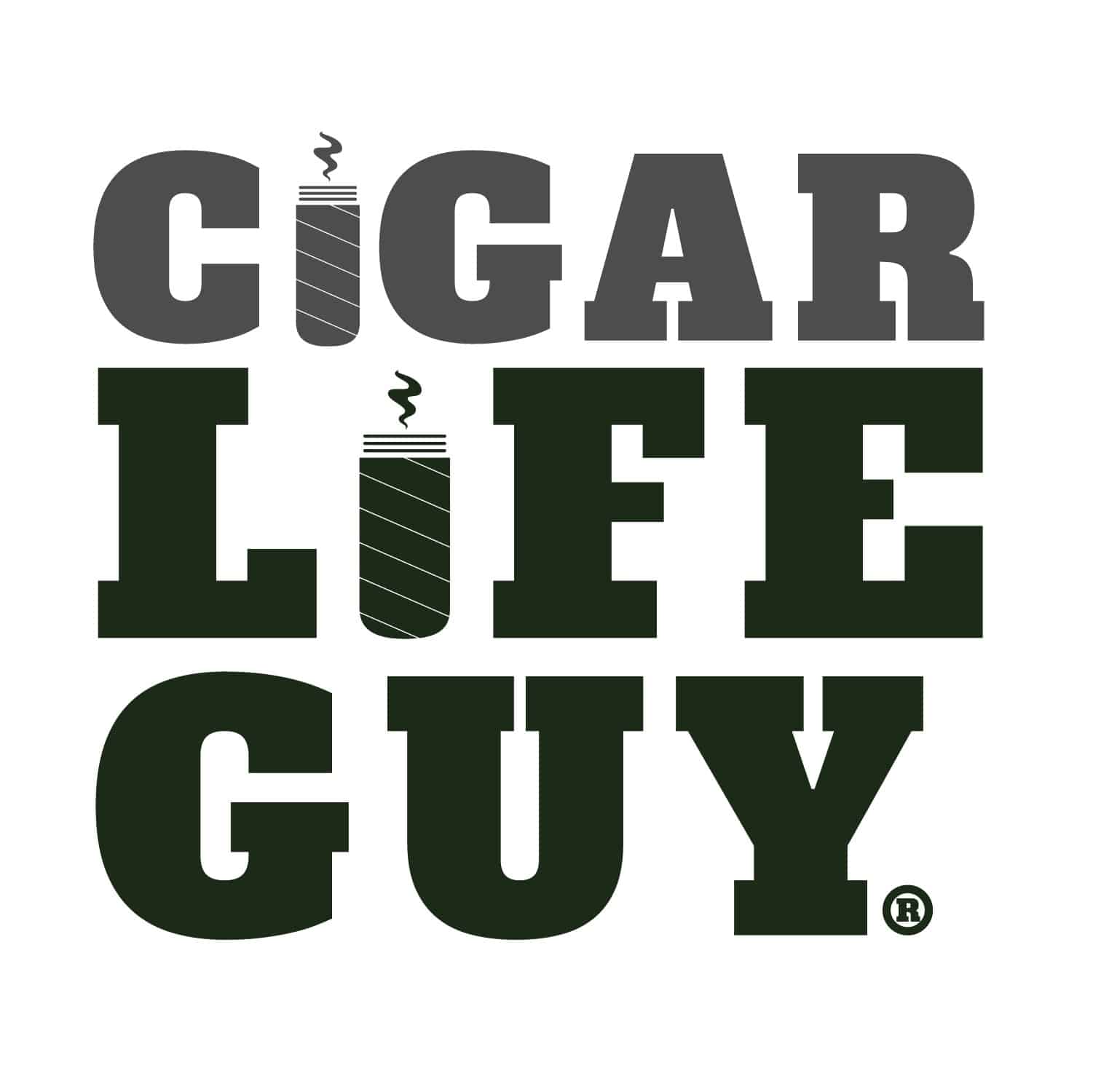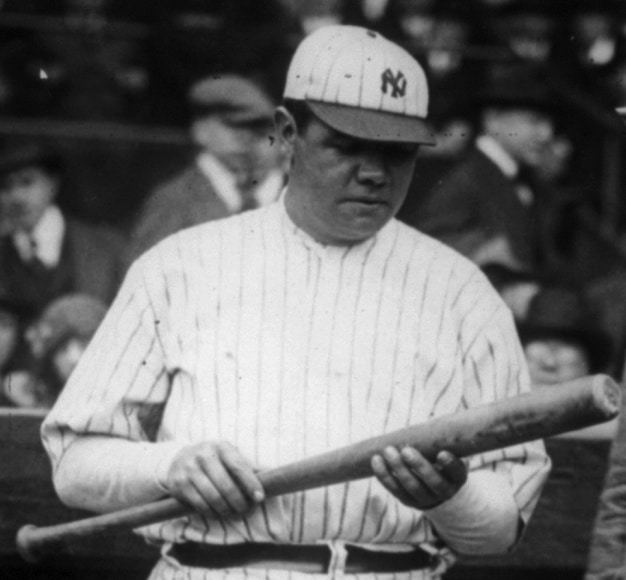The Great Bambino. The Sultan of Swat. The King of Swing enjoyed a roaring cigar lifestyle. I speak, of course, of legendary baseball player Babe Ruth.
Born in 1895, Ruth played for 22 seasons. Between the years 1919 to 1935, he hit over 700 home runs and became a baseball icon—more than that, a legend.
The King of Swing: Babe Ruth
There is something about baseball that goes deep into the American psyche. No other professional sports have lasted as long in this country. But, of course, no other sports have inspired so many movies, TV shows, and books. When you look at a baseball game today, you can see the game’s depth. The players wear uniforms that look nothing like those of other athletes. The stadiums bounce with old-fashioned carols. And it’s all surrounded by more than a century of history. A history which, for many, began with Babe Ruth.
Ruth was the perfect candidate during the ideal time. He became so famous he actually propelled the sport. Mischievous and hard-living, Ruth got most of his home runs during the “roaring” 20s. It was a time that some deemed “excessive,” but it was perfect for Ruth.
Unlike most star players today, health and fitness were always far from Ruth’s mind. In-between innings or waiting to get up to bat, Ruth would eat hot dogs, sip on beer, and smoke cigars. At night he would stay out late having fun with women. Yet, he still would manage to be up the next day, cracking balls down left field.
When Ruth played for the Yankees, managers discovered they had to have the Great Bambino room with rookies or unimportant players. Why? Because Ruth would stay up so late and make so much raucous that he’d keep up with whoever was rooming with him. So, it was better for the team if rookies had to deal with that than other star players to keep the team playing its best.
The Good Life
Babe Ruth’s fame grew, and it eclipsed the likes of other star athletes like Jack Dempsey. So, too, did Ruth’s enjoyment of luxuries like good whiskey and great cigars. In New York, he often stayed at the opulent Ansonia Hotel. He’d show up waving to photographers in his giant 12-cylinder Packard with a cigar in his mouth and a girl on his arm.
His reputation and love of cigars were renowned. So, while in Boston playing for the Red Sox, he received an opportunity to invest in a small, local cigar company. Ruth enthusiastically agreed. The company capitalized on the player’s likeness by putting a picture of him on each of their cigars. Sales went through the roof.
If only a hot dog vendor had approached Ruth, he likely would have been happy to endorse that product, too. Instead, he was famous for eating six or more hot dogs during a single game. Back then, this was a lot. How our diets relate to our health was less evident in the 1920s. Considering Ruth’s devil-may-care attitude, it’s possible that knowledge wouldn’t have made a difference. Ruth liked what he liked. And, he was performing better than any baseball player while indulging his “vices,” or, as he would call them, the joys of life.
Teammate Jimmy Reese described Ruth’s eating by saying, “He’d eat two ham steaks at breakfast, have a snack before the game, and then ask for the ‘bi.’ If he struck out three times, he’d say, ‘I’ll get even tomorrow; don’t worry about that.’ “
A “bi” was a bicarbonate soda, something people used to drink for indigestion. Ruth, as it turns out, was human after all. A fact which, for many adoring fans, would first come to light when he died of cancer in 1948.
Babe Ruth’s Cigars
Babe Ruth enjoyed smoking his own cigars. He, in his own words, smoked them until he was “blue in the face.” Still, the Bambino seemed to enjoy that they were his more than anything. Ruth preferred larger, more expensive cigars like Cubans.
Ruth had reportedly traveled to Havana on more than one occasion to bring stockpiles of the famous cigars back to the U.S.
He was almost always smoking. Whether it was cigars, cigarettes, or even pipes. Usually, though, in public, he would stick to cigars as he preferred the image. He would put on a red dressing gown and slippers for parties, most of which he hosted in expansive hotel rooms before lighting up large 60-cent cigars. That was very expensive at the time. His teammate, the pitcher Waite Hoyt, said Ruth looked like “the Admiration Cigar trademark.”
All this large living came to a head during the 1922 season when Ruth played less than stellar. The Yankees failed, and Ruth was devastated for the first time in his career. Although not bad, Ruth’s season was unacceptable by his own standards. And it was such a big public ordeal that New York City’s mayor, Jimmy Walker, weighed in on the matter. He said Ruth had let down all the great city’s “dirty-faced kids.” While that might seem harsh, it lit a fire under the Bambino’s iconic butt.
Ruth practiced harder than ever. He was going to hit balls and exercise. Ruth even made significant cuts to his eating and late-night partying. According to records, though, he never stopped smoking cigars. Those were not merely a part of his image; they were also a part of his life.
Ruth returned more potent than ever and had some of the most productive years of his career. He was hitting an average of over 50 home runs per season every year from 1926 through 1931.
Robert Kahn described Ruth best. He said Ruth was “Somebody who wanted to drink up all the ale in New York and not let a cocktail waitress pass by untouched. He was a huge, excessive, barely believable fellow.”
Photo credit: “Babe Ruth cph.3b14910” cropped from “Babe Ruth and Tommy Gibbons Before the Start of the Yankee-Athletic Game at the Polo Grounds,” Public Domain, Library of Congress, Prints and Photographs Division, LC-USZ62-67435


